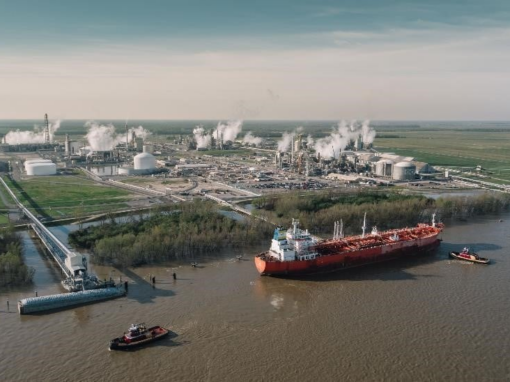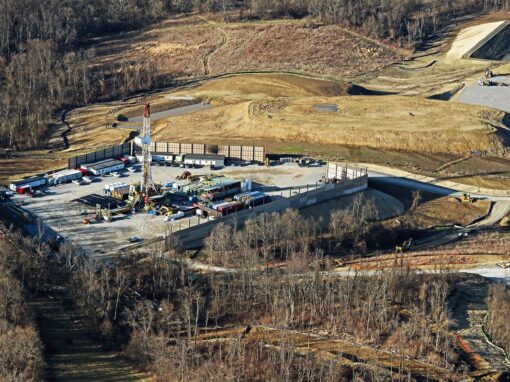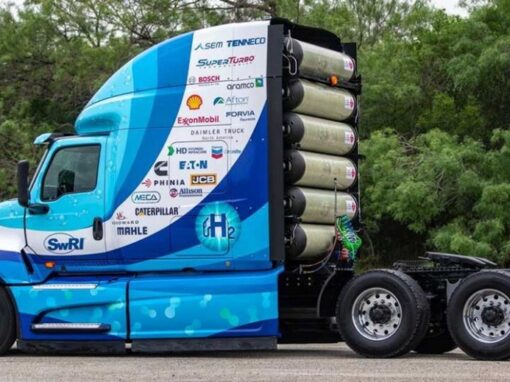With news of the world’s first hydrogen-powered commercial passenger ferry commencing service on San Francisco Bay, now is the right time to look at recent hydrogen and fuel cell-powered developments in the marine sector. All aboard!
Hydrogen Fuel Cell Systems
The Sea Change is a 70-foot, 75-passenger zero-emissions, hydrogen fuel cell-powered ferry. Built by All American Marine, the vessel is equipped with a hydrogen fuel cell power package provided by Zero Emissions consisting of 360 kW of FCHEA member Cummins fuel cells and 246 kg capacity hydrogen storage tanks from FCHEA member Hexagon.

Source: All American Marine
Earlier this year, FCHEA member Yamaha Motor Corporation, U.S.A. unveiled the world’s first hydrogen-powered outboard for recreational boats along with a prototype fuel system integrated into a vessel. Yamaha joined forces with Roush to develop the fuel system to power the new outboard and collaborated with long-time boat builder partner Regulator Marine to build a boat suitable for testing the prototype. Together, the companies plan to begin testing the prototype for viability on the water in the summer of 2024.
Late last year, FCHEA member Ceres announced it was working with Alma on the demonstration of a solid oxide fuel cell (SOFC) system for the marine market. This initial project between the two companies will integrate Ceres’ technology into a modularized power system developed by Alma using liquid natural gas (LNG). Ceres will provide SOFC stacks for the development and validation of the power system, while Alma will develop and build the 80-kW system PowerCell, another FCHEA member, recently announced it has signed an order for delivery of fuel cell systems to a leading European OEM manufacturer of propulsion systems to the marine cruise industry. The order value is over $1.5 million (SEK 16.5 million) and delivery will take place in the first half of 2025. This is the first commercial order for the company’s newly introduced Marine System 225.
Norwegian Leadership
As a leader in global sustainability, Norway has developed a reputation for marine innovation using hydrogen fuel cells.
Last year, PowerCell made headlines when it delivered its Marine System 200 to two ships that operate on Norway’s longest ferry connection in the Lofoten Islands. The systems, powered by green hydrogen, will enable the ferries to produce approximately 13 MW of power.
FCHEA member Nuvera Fuel Cells recently announced it had signed a formal technology development agreement in which Norwegian technology provider HELINOR Energy will fund the development of scalable marine power solutions incorporating Nuvera’s E-Series fuel cell engines.
Hexagon Purus Marine, a subsidiary of FCHEA member Hexagon Purus, announced earlier this year a new office in Ålesund, Norway, dedicated to meeting the increasing demand for hydrogen storage solutions in maritime applications.
Energy Observer

Source: Energy Observer
Officially launching from France in April of 2017, the Energy Observer marks the world’s first catamaran to be entirely energy self-sufficient. Powered by a mix of on-board renewable technologies such as solar, wind and hydropower, as well as double forms of storage with batteries and hydrogen generated by electrolysis of seawater, the vessel is completely zero emission. The boat uses 63 kg of hydrogen stored on board and the fuel cell provides 1 MWh of electricity and 1 MWh of thermal energy that can be used for heating and hot water.
FCHEA members were well represented in the project. Toyota provided the fuel cell stacks for the project. Nel Hydrogen provided the electrolyzer used onboard, while Luxfer provided the hydrogen storage tanks. FCHEA member Air Liquide was also a key collaborator. When it finally docked for the final time in Paris for the 2024 Summer Olympics, the Energy Observer had traveled over 62,000 nautical miles, visiting more than 40 countries and 86 ports. FCHEA staff and select member company representatives were able to tour the vessel when it docked in Washington, D.C.

FCHEA Staff, Alongside Representatives from Member Companies Bosch and Cummins, Aboard the Energy Observer (Source: Tobias Hanson)
In 2029, the Energy Observer 2 is set to launch using a design of a multipurpose cargo ship fueled by liquid hydrogen. This technology will allow for zero-emission navigation while offering very high transport capacities and autonomy.

Energy Observer 2 (Source: Energy Observer)
From passenger ferries to large-scale cargo ships, hydrogen fuel cells are catalyzing the decarbonization of the marine sector. FCHEA and its member companies are eager to support the industry as it embarks on its zero-emission future. Bon Voyage!



